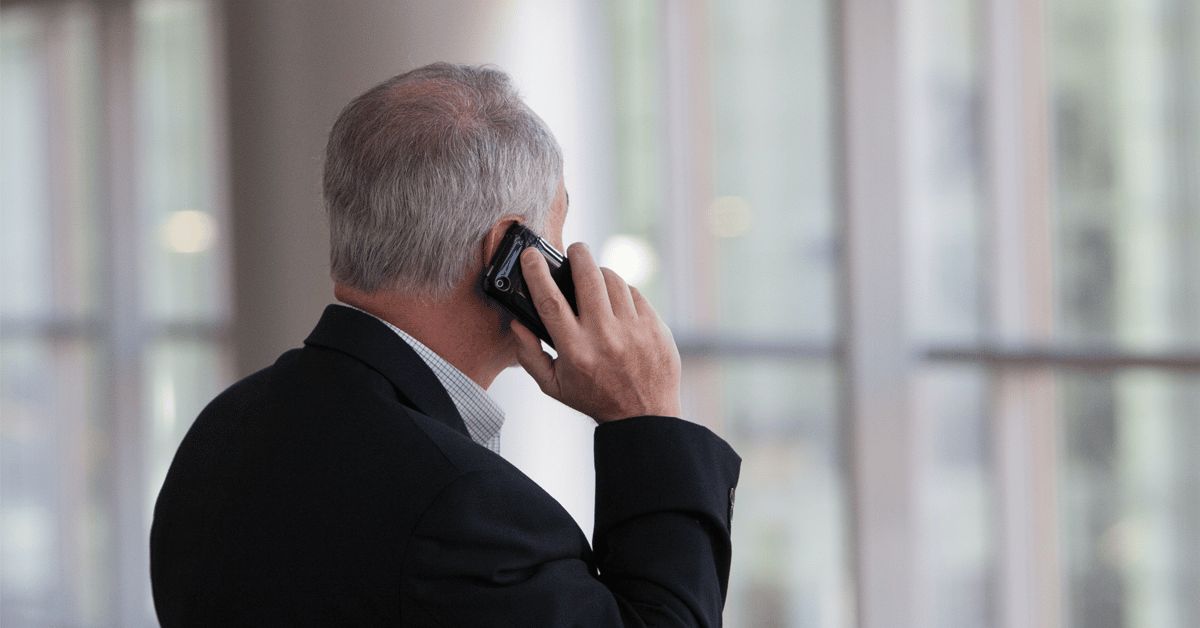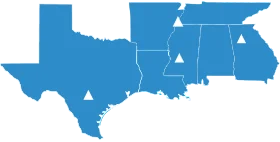Traditional door-to-door canvassing is proving difficult, if not impossible, for most candidates during the pandemic. Campaigns are turning increasingly to telephone voter contact to interact with key constituencies. At their core, telephone town halls are “conference calls on steroids,” where thousands of participants can join by either dialing a toll-free number or accepting an inbound call from the campaign.
Telephone town halls typically last an hour, with participants joining a queue to ask questions and screeners transcribing these questions and passing them along to the host. The campaign team selects which questions to answer and allows the voter to “go live” for the entire audience to hear the question posed. This gives campaigns greater control over the message the audience hears than one would typically get from a town hall, while allowing voters to feel their concerns are being heard.
Our firm has staged 567 of these events in 27 states for candidates seeking office from City Hall to the White House.
Here are some statistics that might prove useful as you consider this telephone voter contact option1:
- 31% of the voters dialed by the campaign actually answer the phone.
- Another 42% of the target audience (who don’t pick up the phone) get a voicemail message from the candidate.
- 46% of those who answer actually stay on the line to participate (netting a 14.6% rate for overall participation from the original list).
- The average voter participation time is 19 minutes.
- About 4% of participants enter the queue to ask questions.
- Campaigns are able to get to only about one in four questions (26.5%) during the allotted hour for the telephone town hall.
- Only about 1% of participants take advantage of the standard feature for leaving a voicemail for the campaign staff.
Our clients use different sets of metrics to measure the real value of these events. Assuming a 10,000 person original list:
- About 1,450 people tune in for 19 minutes in dialogue with the candidate.
- Another 1,674 people hear a friendly invitation from the candidate and chose not to participate.
- The candidate leaves 8,400 robocall messages to voters who never answer the phone (includes the initial invitation call the night before).
- The campaign gets an hour-long audio file of the candidate’s live interaction with voters that can be posted on the campaign website entirely or in part.
Given the high demand expected in the fall—especially as campaigns are unable to hold in-person events—if you are interested in hosting a telephone town hall before the election, we recommend scheduling your event well in advance.
If you’re interested in hosting your own telephone town hall, call us and we can schedule a demo for your team.
1 These averages apply to hour long telephone town halls.


